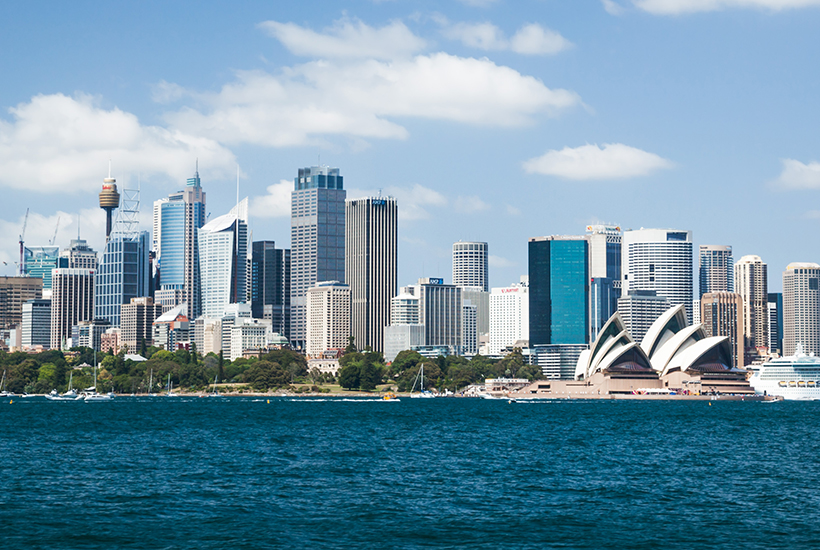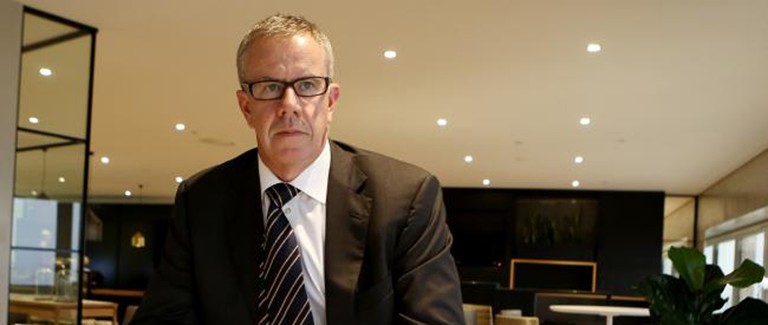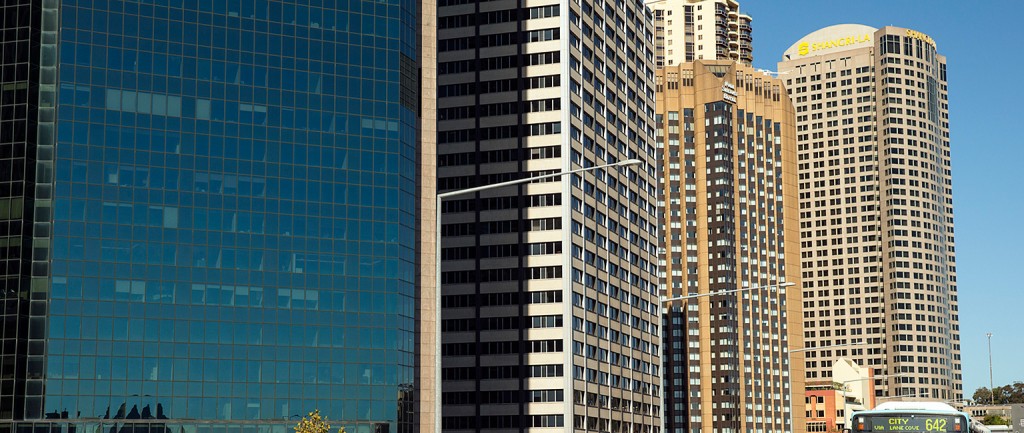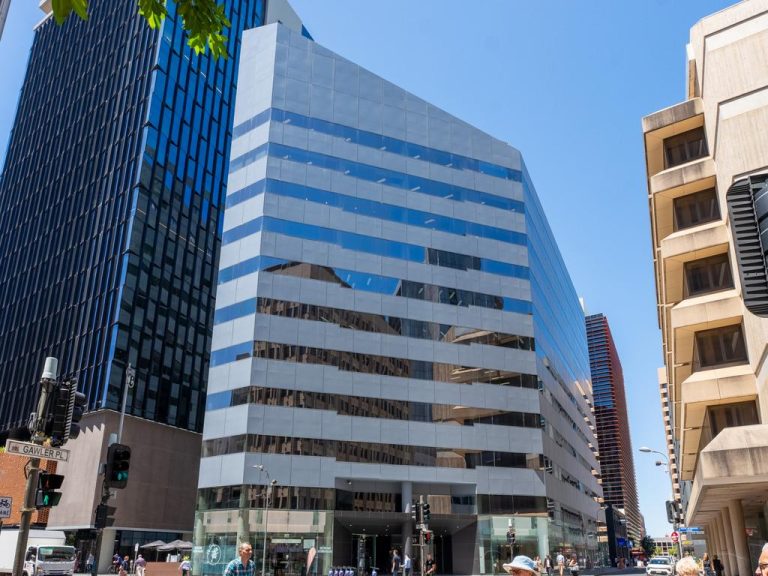What’s in store for Australia’s office leasing markets?

Sydney’s CBD office market is set to remain tight for much of the next five years but Melbourne vacancy rates will lift as new supply hits the market, according to Investa Research.
Meanwhile, surging office rents on the east coast were likely to soften in the short term and investors would continue to be drawn to capital city office investments as interest rates remain low, the research by David Cannington and Benjamin Thatcher found.
Office vacancy rates have been edging lower in Sydney and Melbourne with limited new office supply set to come online in the short term, and some towers withdrawn for residential conversions or infrastructure projects. Office markets in the resources-affected capitals Perth and Brisbane have been softer but have started to show green shoots more recently.
Commercial Insights: Subscribe to receive the latest news and updates
Melbourne is set for a strong office development cycle in two to five years, with the CBD to get more than 650,000sqm of extra office space, almost 2.5 times Sydney’s International Towers at Barangaroo, the report says.
Melbourne CBD office absorption will be slightly above 100,000sqm a year over this period but that will not be enough to stop the vacancy rate heading towards 10% by 2021. About 70% of the space to be added in the next three years has been precommitted, suggesting most future vacancy will be concentrated in the backfill space of projects soon to be completed.

Vacancy rates in Melbourne’s CBD office market are expected to lift.
In Sydney, a soft development outlook is set to be exacerbated by more withdrawals of existing office space for redevelopment or infrastructure projects.
Sydney’s CBD office market is set to remain undersupplied for much of the next five years, with a vacancy rate between 3 and 4.5% for some time yet.
Office markets in Brisbane and Perth were set to improve as the short-term supply outlook was weak and the “flight to quality” relocation trend was set to continue.
Over full-year 2017, Melbourne’s CBD had absorbed 160,000sqm of space due to tenant expansion, new office-based businesses and non-CBD businesses centralising.
But Sydney only absorbed an extra 16,500sqm given the limited new supply and unprecedented withdrawal of space.
Deal flow is likely to remain strong as interest rates remain low and the exchange rate makes Australian assets look affordable for foreign investors.
Office cap rates are set to tighten up to 25 basis points more in 2018 as investors search for yield, the report says.
Office rents have surged in Sydney and Melbourne — with net face rents up 13% and 15% respectively in the past year — and rents in these cities have recently breached historical norms.
Office rent growth will likely ease to 9 to 10% in Sydney CBD in 2018 and 5 to 6% in Melbourne CBD.
This article originally appeared on www.theaustralian.com.au/property.







